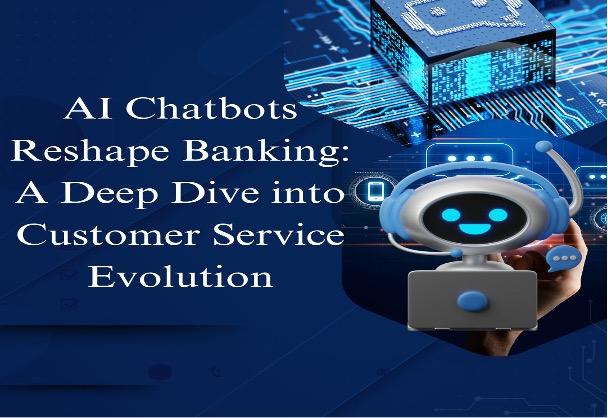Cloud computing continues to redefine the boundaries of technological possibilities, offering unparalleled scalability, flexibility, and efficiency. Anshul Goel’s research dives deep into the transformative aspects of Infrastructure as a Service (IaaS), Platform as a Service (PaaS), and Software as a Service (SaaS), shedding light on innovative integration patterns, advanced storage solutions, and orchestration strategies. This article captures the essence of these developments, painting a vivid picture of cloud computing’s pivotal role in enabling digital transformation.
Component Decoupling: The Backbone of Modern Architectures
The principle of component decoupling has emerged as a cornerstone in designing robust cloud systems. By breaking monolithic applications into loosely coupled, independent services, organizations gain agility and resilience. Microservices architectures leverage this approach to enhance fault isolation, simplify updates, and optimize system maintenance. Such decoupling ensures that individual services can evolve without disrupting the larger ecosystem, fostering continuous innovation and scalability.
Event-Driven Paradigms: Redefining System Integration
Event-driven systems offer a transformative approach to asynchronous communication between components. Leveraging message queues and event buses, they ensure responsiveness even under high loads. Key patterns like publish-subscribe and command query responsibility segregation (CQRS) are essential for managing distributed system complexity. These architectures provide a scalable and resilient framework, enabling seamless integration and maintaining system performance across diverse applications.
Revolutionizing Data Storage with Multi-Tiered Architectures
Cloud storage has advanced with multi-tiered architectures integrating object, block, and file storage to address diverse performance needs. Features like data partitioning, caching, and intelligent tiering optimize cost and efficiency. Adding analytics platforms enables real-time insights from data streams, enhancing organizational decision-making and unlocking the full potential of stored data.
Containerization: The Future of Application Deployment
Container technologies, like Docker, have transformed application deployment and management by creating lightweight, portable environments for consistent development and production workflows. Orchestration platforms automate scheduling, scaling, and health monitoring, optimizing container operations. Advanced deployment strategies, such as rolling updates and blue-green deployments, enable seamless, zero-downtime releases, ensuring high availability and user satisfaction. These innovations streamline workflows and enhance the reliability of modern application infrastructures.
Autonomous Systems: Pioneering Self-Management
Cloud-powered autonomous systems exemplify the convergence of artificial intelligence and distributed computing. These systems are designed to self-manage, leveraging real-time data processing and adaptive learning for continuous improvement. By integrating advanced feedback loops, organizations can automate resource optimization, paving the way for smarter, more efficient operations across industries.
IoT and Blockchain: Expanding Cloud Horizons
The integration of IoT devices with cloud services marks a new era of connectivity and data management. By incorporating edge computing, these systems reduce latency and enhance real-time analytics capabilities. Meanwhile, cloud-based blockchain platforms offer robust frameworks for secure, decentralized applications. These technologies enable applications such as supply chain tracking and digital asset management, ensuring transparency and trust in complex processes.
Emerging Trends and the Road Ahead
The future of cloud computing is poised to embrace innovations like serverless architectures, edge computing, and quantum services. These advancements promise greater efficiency, scalability, and sustainability, aligning technology with the demands of an increasingly digital world. As organizations continue to adopt these paradigms, addressing integration challenges and security concerns will remain paramount to unlocking the full potential of cloud ecosystems.
In conclusion, Anshul Goel’s insights provide a profound understanding of how cloud service models are revolutionizing modern technology. By delving into the complexities of integration, storage, and orchestration, this research offers a comprehensive framework for optimizing cloud ecosystems. These principles empower organizations to enhance scalability, resilience, and efficiency, paving the way for innovative solutions across industries. As cloud computing evolves, this analysis serves as a guiding beacon, enabling businesses to unlock its potential and drive the next wave of digital transformation.







